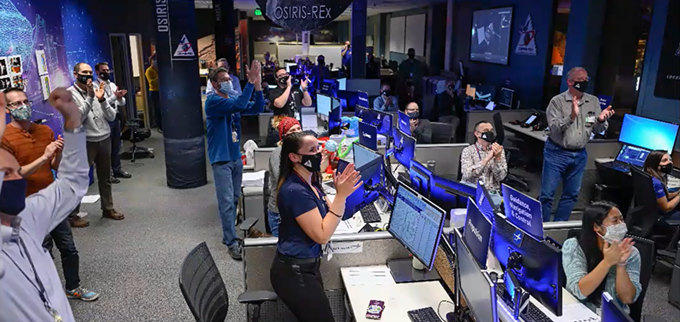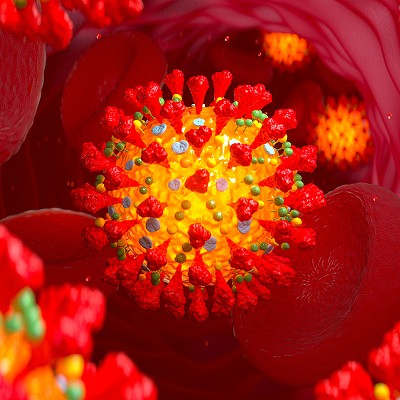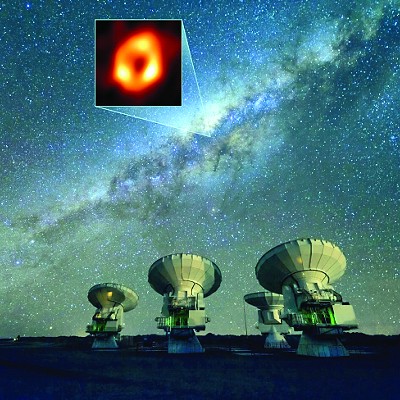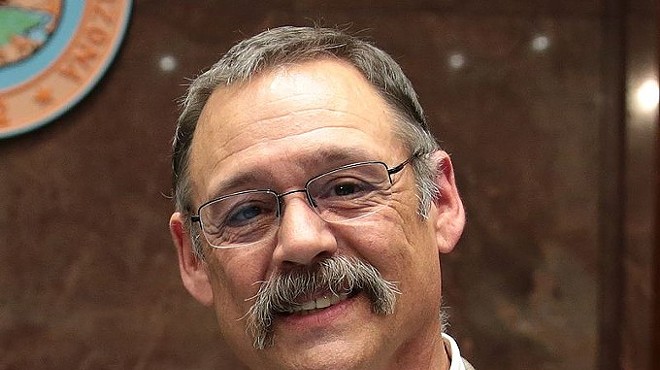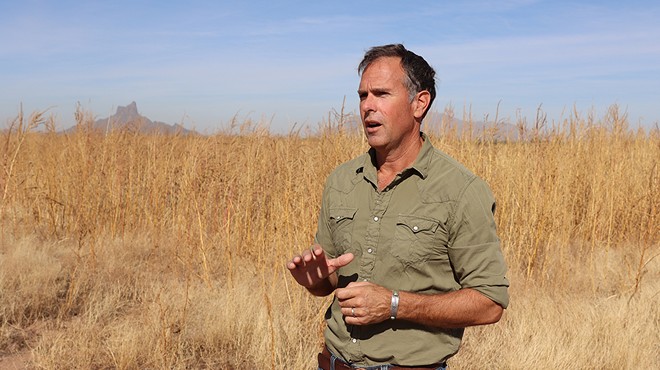Thursday, October 29, 2020
OSIRIS-REx Team Announces Successful Sample Retrieval
The University of Arizona-led space mission to retrieve a sample from an asteroid endured a tense day that turned out to be a blessing. On Tuesday Oct. 20, the OSIRIS-REx spacecraft touched down on the asteroid Bennu more than 200 million miles away to capture some of the rocks and dust on its surface. While the spacecraft successfully touched down and backed away, scientists soon realized the spacecraft’s sample collection compartment was overflowing with material., and some of the captured sample was slipping back into space.
“This turned out to be great news,” said OSIRIS-REx project manager Rich Burns. “But we knew we had to adapt our plans, because this definitely wasn’t something we planned for.”
Because there was an “abundant sample” and some was slipping out, the mission team quickly worked to stow away the collector head, a process that took two days, with preparations for the stowage event beginning Oct. 24. This loss of material required the team to redesign the timeline of their stowage process, which was originally slated for November.
According to the university, the process to stow the sample is unique compared to other spacecraft operations and required the team's continuous oversight and input over the two-day period. For the spacecraft to proceed with each step in the stowage sequence, the team had to assess images from the previous steps to confirm the operation was successful and the spacecraft was ready to continue. Because of the spacecraft’s distance there was roughly a 20-minute delay to receive messages and images. Ultimately, the team announced they were successful in stowing away the sample.
Agreements with NASA required the spacecraft to collect at least roughly 60 grams of material from the asteroid's surface — if that much was not collected, the team would have to try again. And although the collection compartment lost “tens of grams” worth of material, the OSIRIS-REx team estimates the spacecraft currently holds at least 400 grams worth of material. Because the images returned from the spacecraft only show a portion of the collection compartment, more than a kilogram of material may be captured, but we’ll have to wait until 2023 when the spacecraft returns to Earth to know for sure.
Data from the spacecraft also indicated that the sampling arm penetrated the asteroid’s rocky surface as deep as 48 centimeters. Dante Lauretta, OSIRIS-REx principal investigator and a professor of planetary sciences at UA, says it is likely some of the material captured is from that deep within the asteroid.
If successful, the OSIRIS-REx spacecraft will be the first American space mission to return a sample of an asteroid back to Earth. With the sample, scientists hope to better understand the formation of our solar system, and possibly even the origins of life on Earth.
Because the collected samples will be limited, Betsy Cantwell, UA’s senior vice president for research and innovation, says a major decision will be figuring out who gets to work with them. Cantwell expects a portion of the material will be investigated at UA, and some will even be stored for posterity to be examined when even more advanced scientific sensors are available in the future.
“Even though my heart breaks for the loss of sample, it turned out to be a pretty cool science experiment, and we’re learning a lot about how these particles behave in microgravity,” Lauretta said. “I'm very thankful that our team worked so hard to get this sample stowed as quickly as they did... Now, we can look forward to receiving the sample here on Earth and opening up that capsule."


